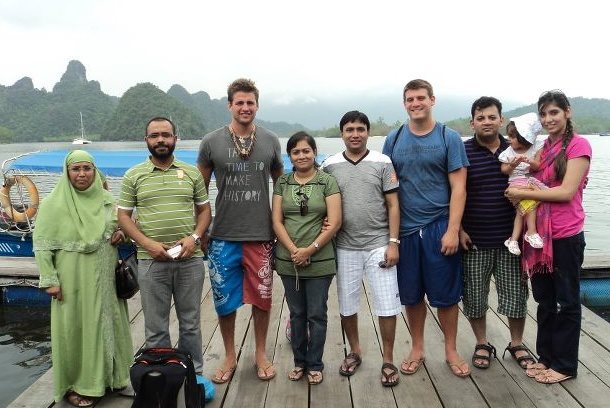Q & A with Linda Stone on Presence in Modern Society
Interesting article on our attention habits, click here for full article
JF: When people talk about attention problems in modern society, they usually mean the distractive potential of smartphones and so on. Is that connected to what you’re talking about in early-childhood development?
LS: We learn by imitation, from the very start. That’s how we’re wired. Andrew Meltzoff and Patricia Kuhl, professors at the University of Washington I-LABS, show videos of babies at 42 minutes old, imitating adults. The adult sticks his tongue out. The baby sticks his tongue out, mirroring the adult’s behavior. Children are also cued by where a parent focuses attention. The child’s gaze follows the mother’s gaze. Not long ago, I had brunch with friends who are doctors, and both of them were on call. They were constantly pulling out their smartphones. The focus of their 1-year-old turned to the smartphone: Mommy’s got it, Daddy’s got it. I want it.
We may think that kids have a natural fascination with phones. Really, children have a fascination with what-ever Mom and Dad find fascinating. If they are fascinated by the flowers coming up in the yard, that’s what the children are going to find fascinating. And if Mom and Dad can’t put down the device with the screen, the child is going to think, That’s where it’s all at, that’s where I need to be! I interviewed kids between the ages of 7 and 12 about this. They said things like “My mom should make eye contact with me when she talks to me” and “I used to watch TV with my dad, but now he has his iPad, and I watch by myself.”
Kids learn empathy in part through eye contact and gaze. If kids are learning empathy through eye contact, and our eye contact is with devices, they will miss out on empathy.
JF: So can people find ways to “disconnect”?
LS: There is an increasingly heated conversation around “disconnecting.” I’m not sure this is a helpful conversation . When we discuss disconnecting, it puts the machines at the center of everything. What if, instead, we put humans at the center of the conversation, and talk about with what or whom we want to connect?
Talking about what we want to connect with gives us a direction and something positive to do. Talking about disconnecting leaves us feeling shamed and stressed. Instead of going toward something, the language is all about going away from something that we feel we don’t adequately control. It’s like a dieter constantly saying to him or herself, “I can’t eat the cookie. I can’t eat the cookie,” instead of saying, “That apple looks delicious.”












